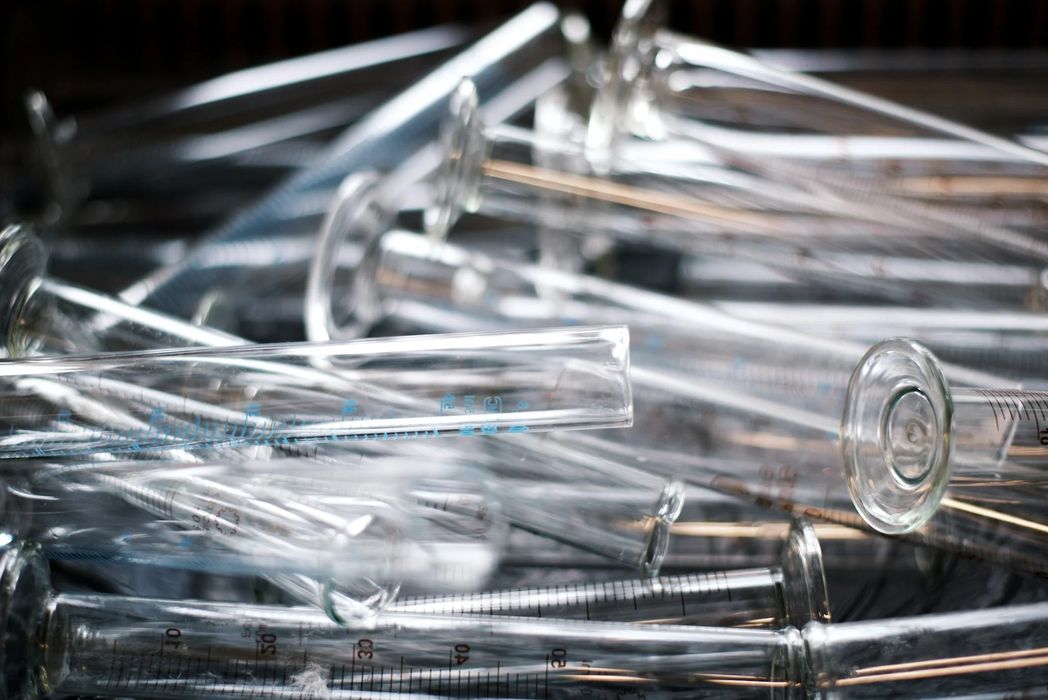
Charles R. Goulding and Preeti Sulibhavi delve into Ingersoll Rand’s strategic acquisition of ILC Dover and how it enhances its 3D printing capabilities, driving innovation and growth across industrial and life sciences markets.
Ingersoll Rand, the US$6.9 billion industrial manufacturing giant, is refinancing to obtain a lower interest rate, enabling it to further its acquisition strategy, including the purchase of ILC Dover, a specialty engineering and life science company with extensive 3D printing expertise.
Ingersoll Rand, a transformed company after merging with Gardner Denver and spinning off Trane, the leading HVAC provider, is paying US$2.35 billion for ILC Dover, plus an earnout. ILC Dover, not to be confused with the publicly traded industrial conglomerate Dover Corporation, is known for providing NASA with spacesuits.
The acquisition of ILC Dover is particularly significant due to the company’s deep experience in 3D printing. In the past two years, ILC Dover has greatly expanded its 3D printing capabilities.
In 2022, ILC Dover unveiled its new state-of-the-art facility that utilizes some 3D printing technology, allowing the company to produce large-scale, customized parts for clients in the aerospace, defense, and life sciences industries. This has enabled ILC Dover to rapidly prototype and manufacture complex components, reducing lead times and improving supply chain resilience.
Last year, ILC Dover collaborated with a major pharmaceutical company to develop 3D-printed components for a novel drug delivery device. The customized parts, produced using ILC Dover’s advanced 3D printing technologies, helped the pharmaceutical company bring their product to market faster and more cost-effectively.
Earlier this year, ILC Dover announced a partnership with a leading biomedical research institution to explore the use of 3D printing in the development of next-generation medical devices. This collaboration has already yielded promising results, with the potential to revolutionize the way critical healthcare products are designed and manufactured.
Ingersoll Rand expects to integrate some of its pump products with ILC Dover’s 3D printing expertise, which may result in the development of new, innovative designs that leverage the benefits of generative design and additive manufacturing.
The refinancing of Ingersoll Rand’s debt, which is expected to result in a lower interest rate, will provide the company with more financial flexibility to pursue its acquisition strategy and further strengthen its position in the industrial and life sciences markets. By integrating ILC Dover’s 3D printing capabilities, Ingersoll Rand is positioning itself to capitalize on the growing demand for customized, on-demand manufacturing solutions across a wide range of industries.
The Research & Development Tax Credit
The now permanent Research & Development Tax Credit (R&D) Tax Credit is available for companies developing new or improved products, processes and/or software.
3D printing can help boost a company’s R&D Tax Credits. Wages for technical employees creating, testing and revising 3D printed prototypes can be included as a percentage of eligible time spent for the R&D Tax Credit. Similarly, when used as a method of improving a process, time spent integrating 3D printing hardware and software counts as an eligible activity. Lastly, when used for modeling and preproduction, the costs of filaments consumed during the development process may also be recovered.
Whether it is used for creating and testing prototypes or for final production, 3D printing is a great indicator that R&D Credit-eligible activities are taking place. Companies implementing this technology at any point should consider taking advantage of R&D Tax Credits
Conclusion
These developments at Ingersoll Rand highlight the company’s strategic focus on leveraging advanced technologies, such as 3D printing, to drive innovation and expand its product offerings. As the industrial landscape continues to evolve, Ingersoll Rand’s ability to adapt and integrate cutting-edge capabilities, like those of ILC Dover, will be crucial in maintaining its competitive edge and delivering value to its customers.
